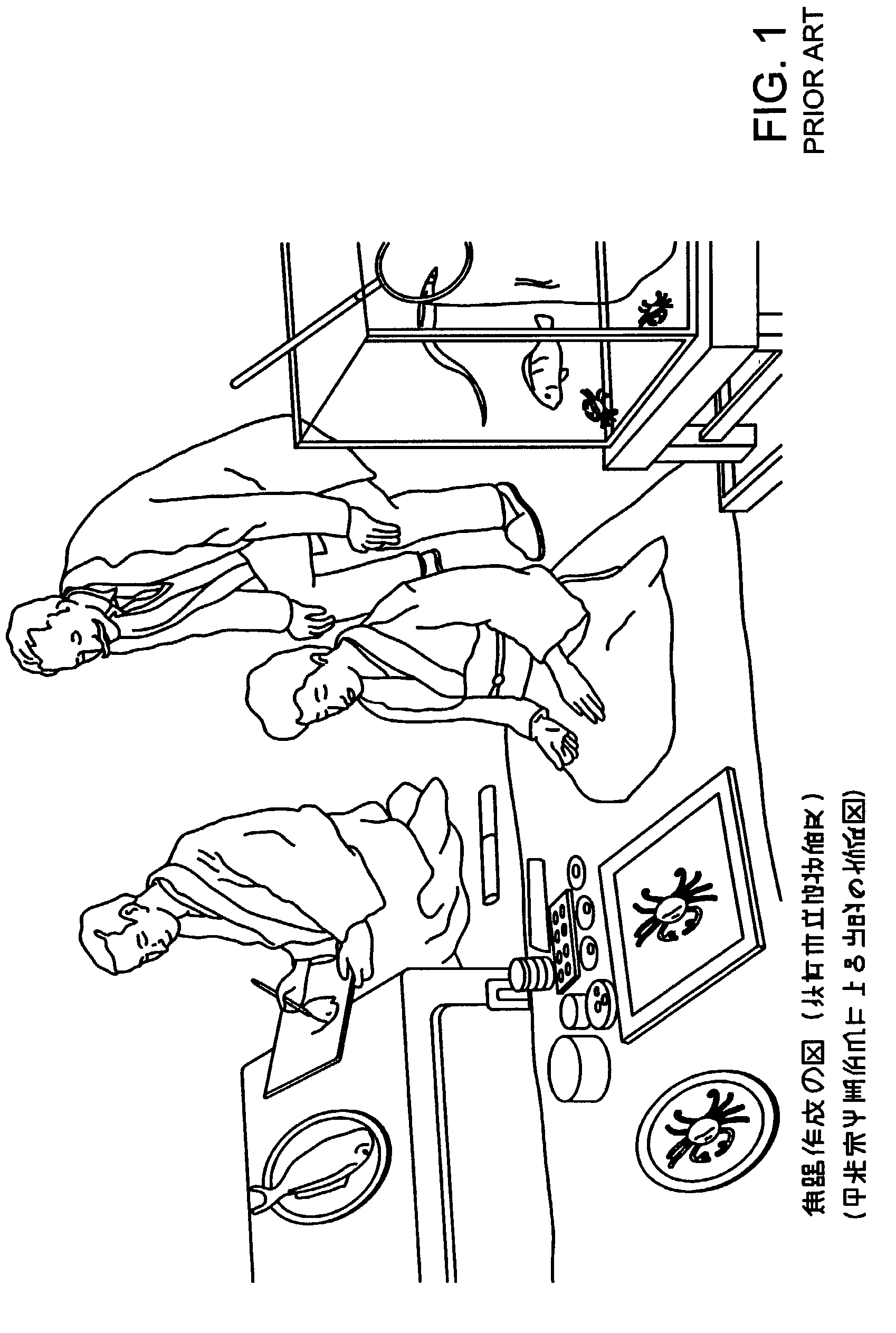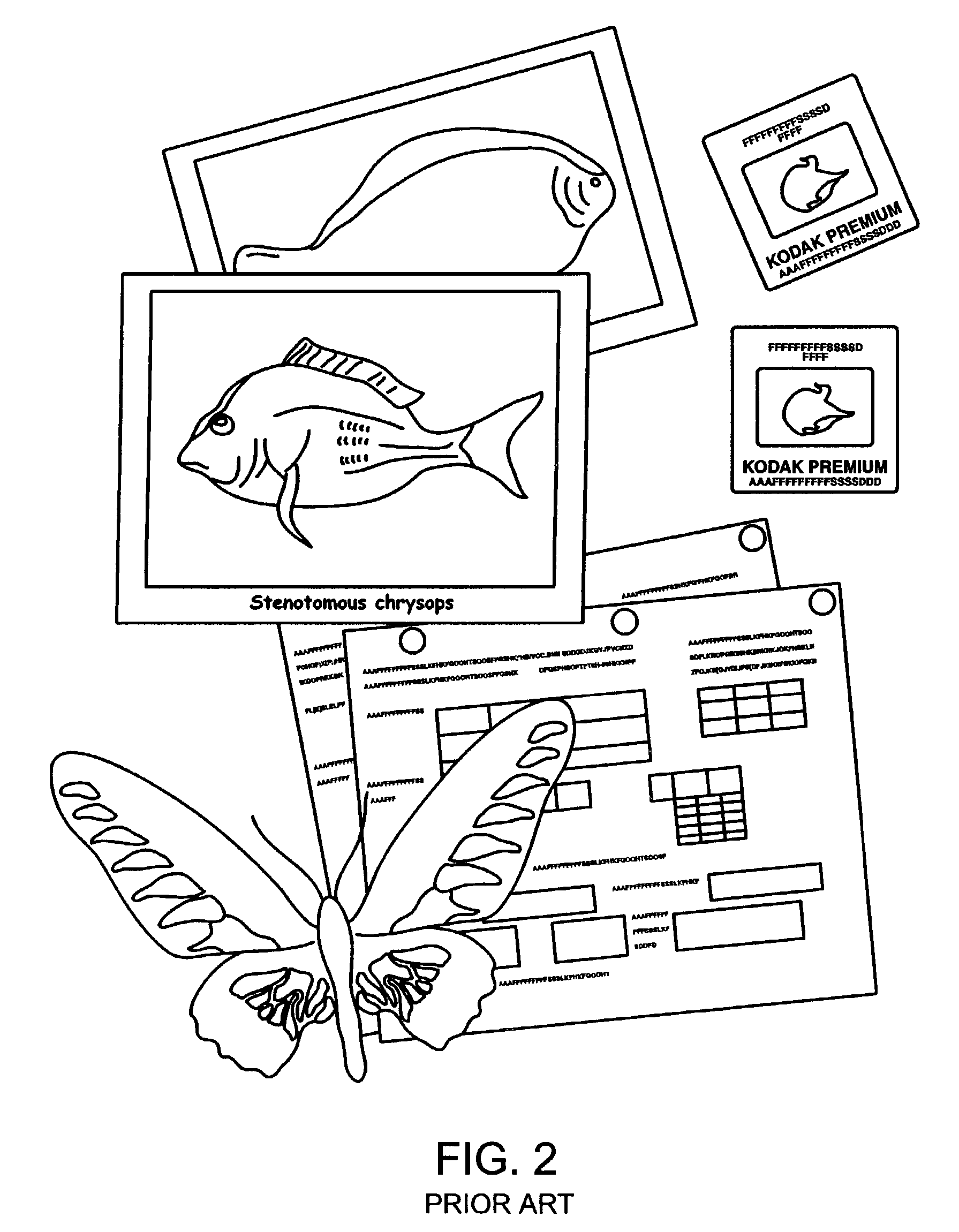Managing taxonomic information
a taxonomic information and management technology, applied in the field of management of taxonomic information, can solve the problems of affecting the difficulty level of locating specific items of information within the totality, affecting the quality of information produced from existing databases of organisms, and affecting the quality of information produced from organism databases, so as to improve the quality and clarity of reports, and improve the quality of search results
- Summary
- Abstract
- Description
- Claims
- Application Information
AI Technical Summary
Benefits of technology
Problems solved by technology
Method used
Image
Examples
Embodiment Construction
[0033]Names often serve as the universal common denominators for biological information. Any given organism or group of organisms may have many different scientific and vernacular names associated with it, i.e., may have names that are synonyms, and any one of these synonyms may be linked to a specific piece of information.
[0034]In the case of any particular organism or group of organisms, relevant data may reside within the services of multiple applications, on multiple hosts, within multiple domains on the network. A taxonomic information system described below facilitates locating the relevant data. The capabilities of the system are based on the nature of the mechanisms that have been used to record the names and the groups of organisms.
[0035]In at least some cases, to be of value, biocentric data must be associated by organismal name information to the biotic entities. For example, the bluefish organism depicted in FIG. 11 has been known to be referenced by the names shown in F...
PUM
 Login to View More
Login to View More Abstract
Description
Claims
Application Information
 Login to View More
Login to View More - R&D
- Intellectual Property
- Life Sciences
- Materials
- Tech Scout
- Unparalleled Data Quality
- Higher Quality Content
- 60% Fewer Hallucinations
Browse by: Latest US Patents, China's latest patents, Technical Efficacy Thesaurus, Application Domain, Technology Topic, Popular Technical Reports.
© 2025 PatSnap. All rights reserved.Legal|Privacy policy|Modern Slavery Act Transparency Statement|Sitemap|About US| Contact US: help@patsnap.com



